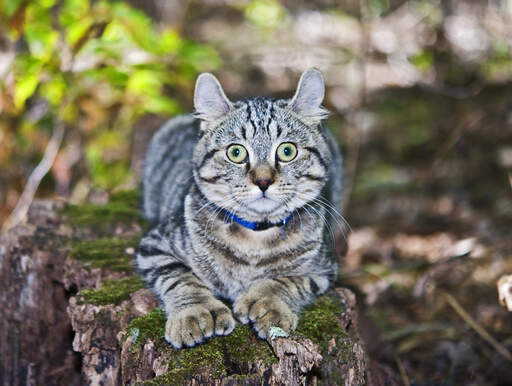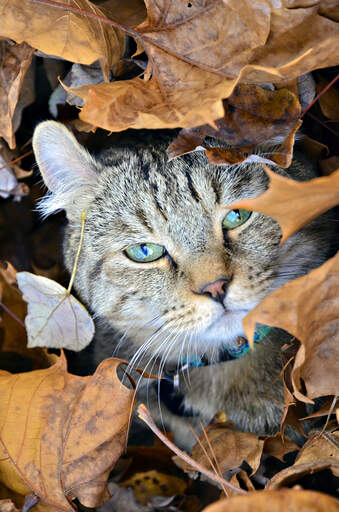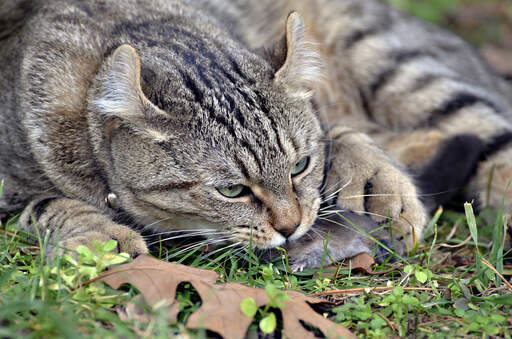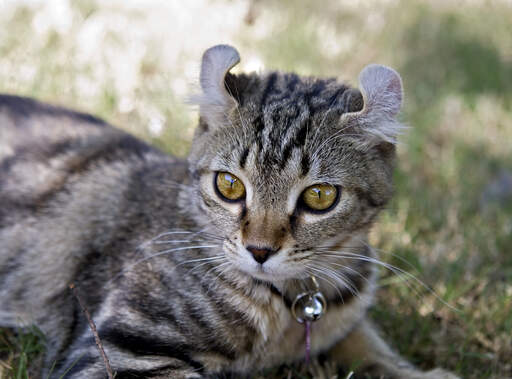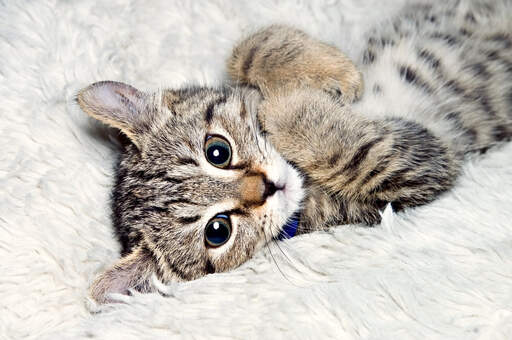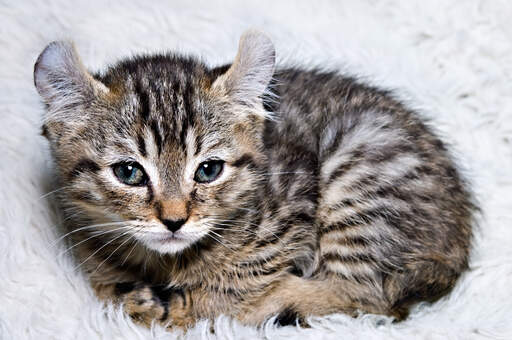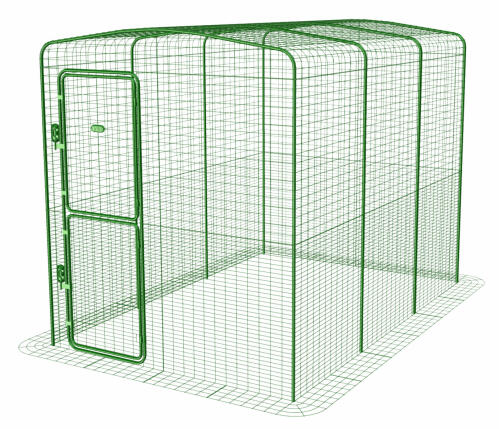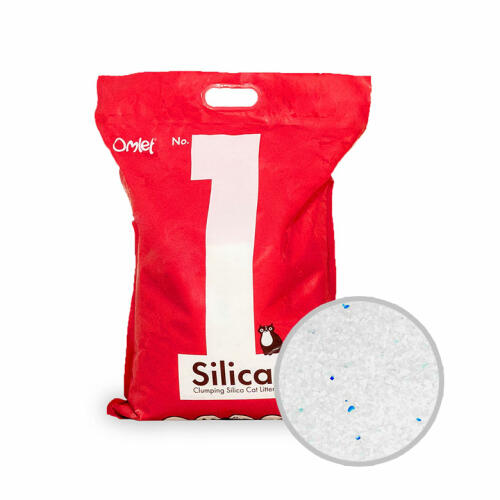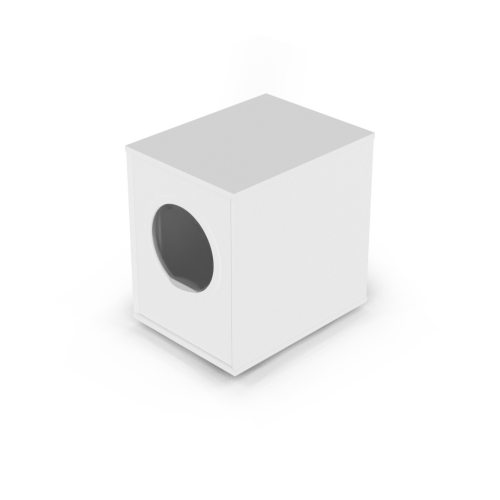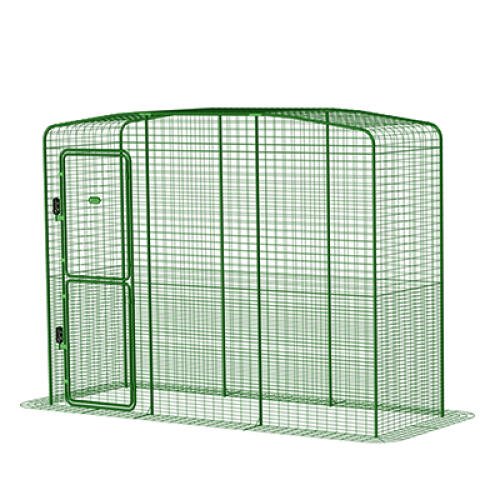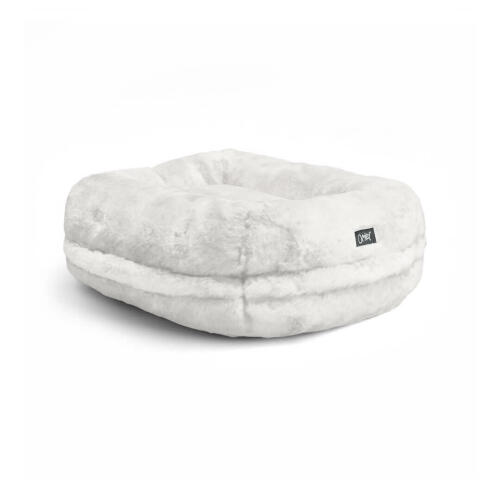Highlander Cats






Breed Rating (1 Reviews)
| Appearance | |
| Friendliness | |
| Hardiness | |
| Garden |
History
The Highlander is a breed still in development. Its story begins in 2004 when breeders hoped to create a big, powerful domestic cat with the presence of a Scottish wild cat. The name Highlander was chosen in 2005 and breeders focused on defining the breed and its characteristics with the aim of achieving championship status with The International Cat Association.
Unusually the cats used to develop the Highlander were chosen from crossbred domestic cats, not from pedigree breeds. This has ensured that the Highlander is very robust, with a wide gene pool that ensures the breed's future health.
A key feature of the Highlander is the ears, which are curled. In May 2008 the breed was recognized for competition in the Preliminary New Breed class.
Behaviour
Highlanders may have been bred with wild cats in mind, but these big beauties are real softies. They enjoy playing and chasing, and love human company. Bold and up-front, Highlanders come to greet you at the door and like nothing better than introducing themselves to your visitors.
The breed isn't too loud vocally. Instead, they release their energy through play. Physical games help them build the powerful musculature that is an essential feature of the breed.
Varieties
Short- and Long-haired, tabby markings.
Breed Details
- Status: Rare
- Place of Origin: North America
- Rough date of Origin: 2000s
- Hair length: Shorthair
- Activity Level: High
- Vocalness: Medium
- Child friendly: Good with children
- Intelligence:
- Playfullness: Playfull
- Grooming Requirements: Once a week
- Weight: 4.5 - 11.0kg
- Size: Medium
- House Cat or Outdoor Cat: Outdoor Cat
- Pet Compatibility:
- Social Needs:
Highlander Pictures
Latest Reviews For Highlander (1 of 1)
The Highlander Cat is - Ari,
I had 1 for 16 years, he was 19. And he may have lived longer. He was the most incredible looking unique cat anyone has ever laid eyes on. Imagine having a fluffy mini siberian tiger
